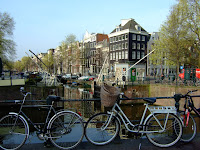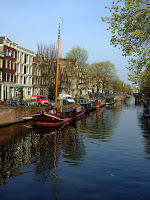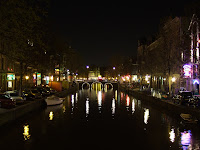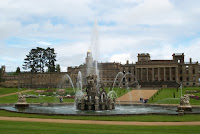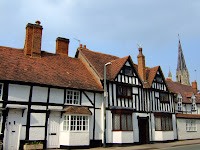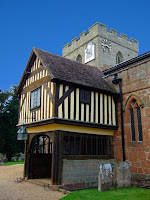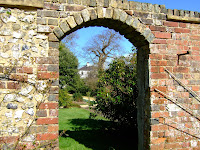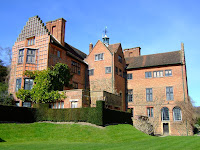 We made an early start this morning in order to beat the long queues at Anne Frank’s house. We felt rather pleased with ourselves as within 5 minutes of our joining a 6m queue at 8:40, the queue suddenly increased to the length we had observed the previous
We made an early start this morning in order to beat the long queues at Anne Frank’s house. We felt rather pleased with ourselves as within 5 minutes of our joining a 6m queue at 8:40, the queue suddenly increased to the length we had observed the previous  morning. We still stood for 20 minutes waiting for the doors to open but, somehow, it felt better that we had determined the length of the wait rather than a standing in a slow moving queue, which, for all we knew, may not have taken any longer.
morning. We still stood for 20 minutes waiting for the doors to open but, somehow, it felt better that we had determined the length of the wait rather than a standing in a slow moving queue, which, for all we knew, may not have taken any longer. The house is definitely worth a visit. Although larger than we expected, it is remarkable to think of two families surviving so long in such a compact area and having to be totally silent while the workday world went on around them.
The house is definitely worth a visit. Although larger than we expected, it is remarkable to think of two families surviving so long in such a compact area and having to be totally silent while the workday world went on around them.At the end of the tour, there is a very thought provoking
 interactive series of scenarios presented discussing various ‘freedoms’ and 'rights': freedom of the press; freedom of speech; freedom to demonstrate; freedom to burn flags; freedom to oppose homosexuality, right to privacy, etc After each scenario is presented using ‘news’ footage from around the world, a question is posed and the audience is invited to vote Yes or No. The results are immediately displayed – Current Visitors and All Visitors;
interactive series of scenarios presented discussing various ‘freedoms’ and 'rights': freedom of the press; freedom of speech; freedom to demonstrate; freedom to burn flags; freedom to oppose homosexuality, right to privacy, etc After each scenario is presented using ‘news’ footage from around the world, a question is posed and the audience is invited to vote Yes or No. The results are immediately displayed – Current Visitors and All Visitors;  mostly the two graphs were very similar. What was disturbing was the ‘slant’, on some of the Yes/No options: for some of the scenarios the questions asked were not quite what the situation was discussing and one felt ‘trapped’ into voting a particular way by the way the question was framed.
mostly the two graphs were very similar. What was disturbing was the ‘slant’, on some of the Yes/No options: for some of the scenarios the questions asked were not quite what the situation was discussing and one felt ‘trapped’ into voting a particular way by the way the question was framed. Back in the real world we exercised our freedom to hop-on the canal boat and complete the hop-on-hop-off boat tour as our tickets gave us the right to ride until noon the day after purchase.
Back in the real world we exercised our freedom to hop-on the canal boat and complete the hop-on-hop-off boat tour as our tickets gave us the right to ride until noon the day after purchase.
